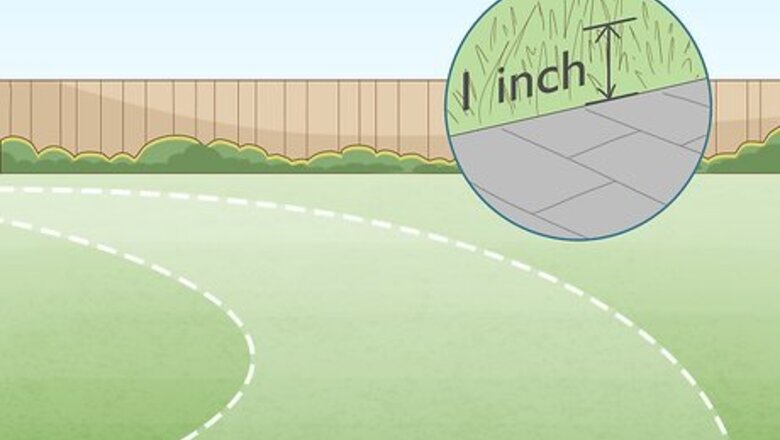
views
- You must leave 2–3 inches (5.1–7.6 cm) of space between your pavers to give the grass enough room to grow.
- Fill in the gaps between your pavers with topsoil and compost to give your grass a healthy, nutrient-rich environment to grow.
- You can either plant from seed, or trim a pre-seeded grass with utility scissors and lay the grass down in between the pavers.
Excavating the Area and Laying Gravel
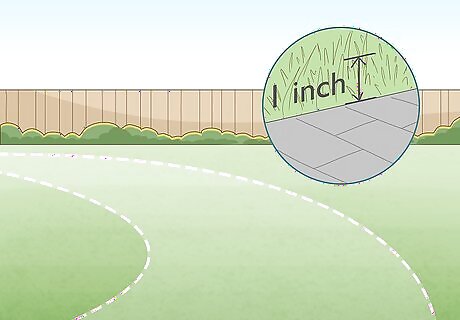
Decide how high you’d like your pavers to be in the soil. Measure your pavers ahead of time to determine how much space they’ll take up in the soil. You don’t want to rest them on top of the soil, as this will make it more difficult to plant grass between each paver. Instead, use a ruler or tape to measure the height of your pavers, so you can have a better idea of how you’ll arrange them on your property later on. Jot the measurement down on a separate piece of paper, or record it in your phone so you don’t forget it later.
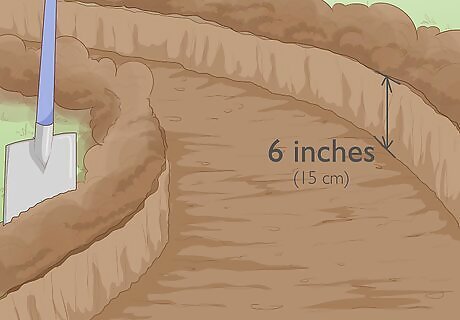
Dig up the area where you plan to install the pavers. Use a spade or large shovel to dig 6 inches (15 cm) into the soil. Don’t just dig small holes around the area—instead, take time to excavate the entire area. Since you’ll be layering gravel and soil beneath the pavers, you need to dig up enough space on your property. While this might seem excessive, the area needs to be deep enough for plant seeds to form roots later on. If you’re excavating a large area of property, consider renting professional equipment to help dig up the area.
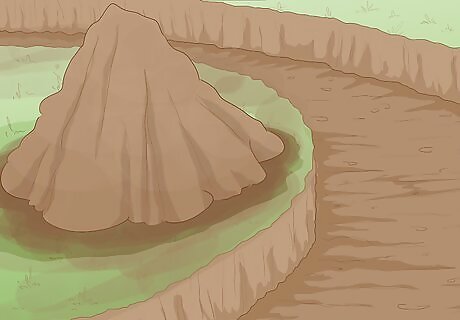
Collect the dirt in a large pile at the side of your property. As you dig 6 inches (15 cm) into the soil, dump the loosened dirt into a pile at the side of your excavation area. Don’t get rid of the soil altogether, as you’ll be reusing when you install the pavers. If you’d prefer, you can also use a wheelbarrow or similar container to collect the soil. Try to have a pair of gloves on hand whenever you do intense gardening work.
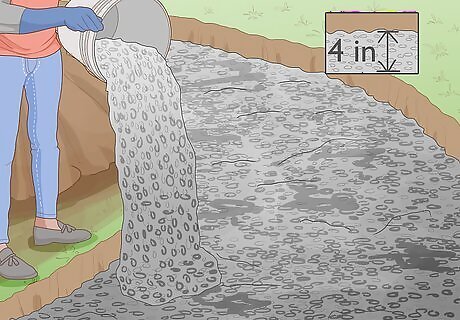
Fill the excavated area 4 in (10 cm) with gravel. Open a bag of gardening gravel and drizzle it across the bottom of the excavated area. Aim for the gravel to be around 4 inches (10 cm) thick, so it can provide a firm support to the pavers. If you’re planning to use the pavers for heavy duty tasks, consider making the gravel layer even thicker. For instance, if you’re setting up your grass pavers to be used as a driveway, you might want to make the gravel 5 inches (13 cm). Try not to fill up the entire space with gravel. While you want a firm support for your pavers, you don’t want the pavers to be resting above surface level. You can find a compactor at a home improvement store.
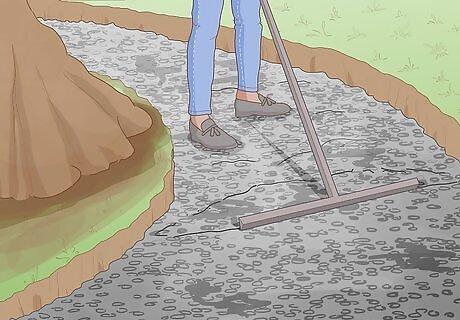
Flatten out the gravel with a plate compactor so it stays in a nice and level. To use a gas-powered plate compactor, grip the throttle lever between your first and middle finger and pull it downwards. Next, slowly tug on the operating cord to lubricate the engine, then pull on the cord quickly to start the machine. If you’re using an electric plate compactor, just press the power button to turn the equipment on. If you don’t have compacting equipment, consider investing in a hand tamper to compact the gravel manually.
Positioning the Pavers

Arrange the pavers 2 to 3 in (5.1 to 7.6 cm) apart. Take your pavers and place them your desired design, keeping them all separated from one another. Try to evenly space all of the pavers, so your yard or outdoor area can look as uniform as possible. If you don’t leave enough space between the pavers, then the seeds won’t have any room to grow.
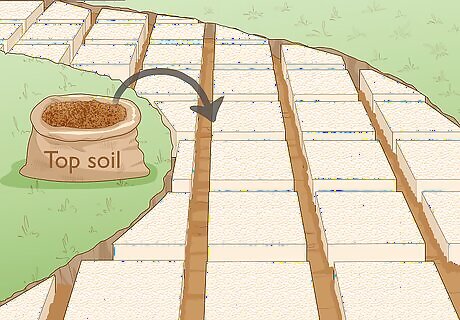
Layer the topsoil in the gaps between the pavers. Take your loose soil from before and scoop it over the paver gaps with your hands or with a small spade. Continue adding soil until it completely fills in the gaps. Make sure that the soil is loose, so the seeds can form roots more easily. If the soil is too tight, then it will be more difficult to arrange the seeds and get fruitful germination. Depending on how much gravel you put down, you could be adding at least 1 to 2 inches (2.5 to 5.1 cm) of soil.
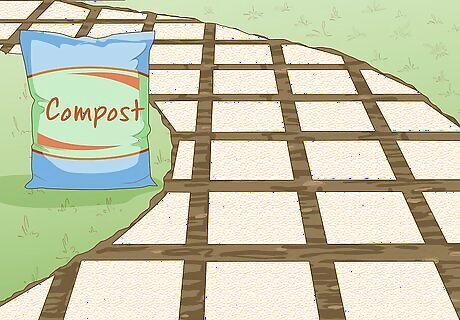
Protect any bare spots around the pavers with a layer of compost. Take a small amount of compost and place it over the corners, edges, and any other bare spots of the pavers that don’t have top soil. Layer the compost on in small amounts to help seal in the moisture at the soil’s surface. If you don’t have any compost on hand, feel free to use a light soil instead.
Planting the Grass
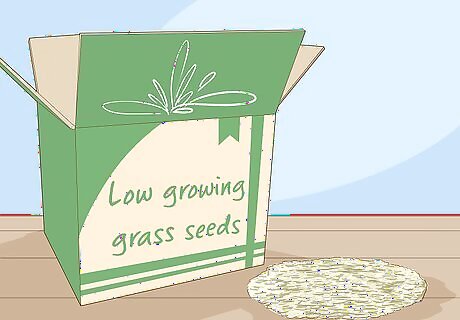
Choose a low-growing seed to plant between your pavers. Decide if you want to use regular grass seed, or if you’d like to try another low-growing field seed. Evaluate the area where you’re planning on placing the planters and seed. Is it in a sunny area, a partly sunny spot, or a shady area? Depending on where you live, you might want to consider low-growing seeds besides lawn grass. If you live in an especially sunny area, opt for plants like dymondia or creeping thyme. If you live in a partly sunny place, pick chamomile, jewel mint of Corsica, Irish moss, or blue star creeper seeds. If you live in a shady area, go for mondo grass, sweet woodruff or baby’s tears seeds.
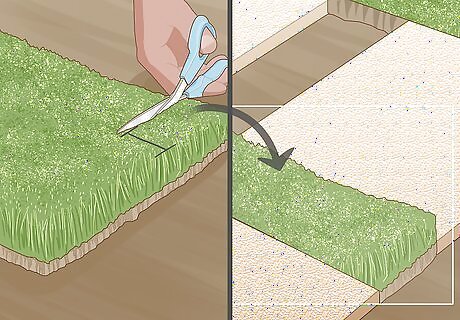
Trim a pre-seeded grass planter to fit in the narrow gaps. Remove flat chunks of pre-planted grass and remove them from their container. Use a pair of utility scissors to cut these chunks of soil into sections that are 2 to 3 inches (5.1 to 7.6 cm) sections wide. Place these sections of seeds and roots directly into the gaps. This is a great option if you want your soil to appear green right away.
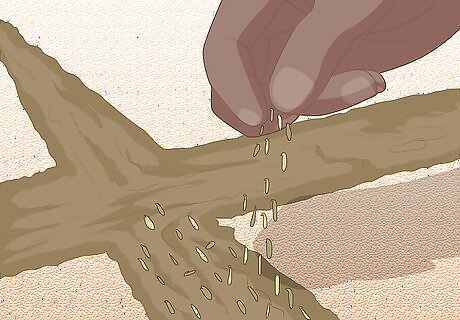
Spread plant seeds over the soil if you don’t mind waiting. Check the label on the seed bag to see how many seeds you need to spread over a certain amount of space. Toss a small amount of seeds into the topsoil, making sure to cover all of the gaps between the pavers. Once the seeds are in place, use a small rake to mix them into the soil below. You won’t see results right away if you plant the seeds manually. However, this is a better option if you aren’t planning traditional grass seed.
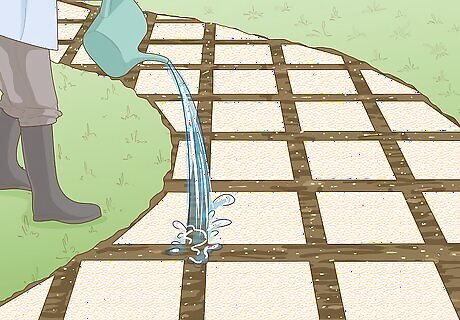
Water the seeds on a regular basis until they’ve fully sprouted. Fill a watering can with cool water and pour it over the soil on a daily basis, or several times throughout the week. If you’d rather not worry about watering the seeds by hand, try setting up an in-line drip or sprinkler system to keep your grass hydrated.




















Comments
0 comment